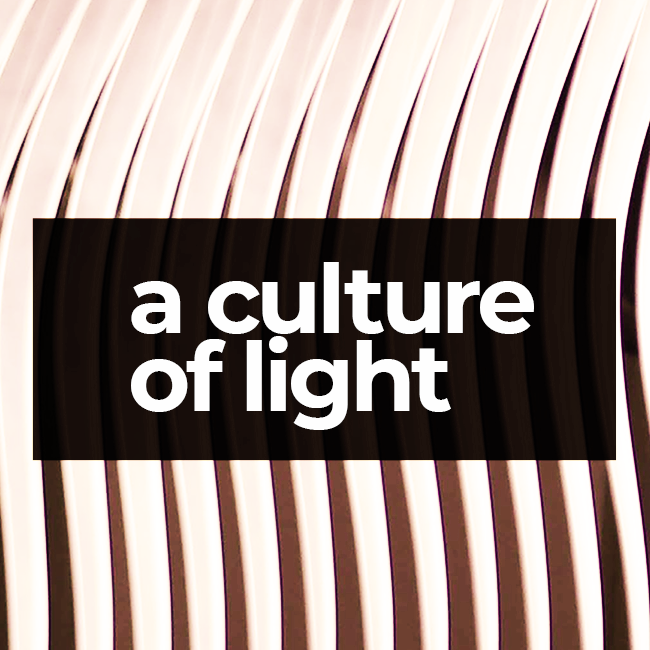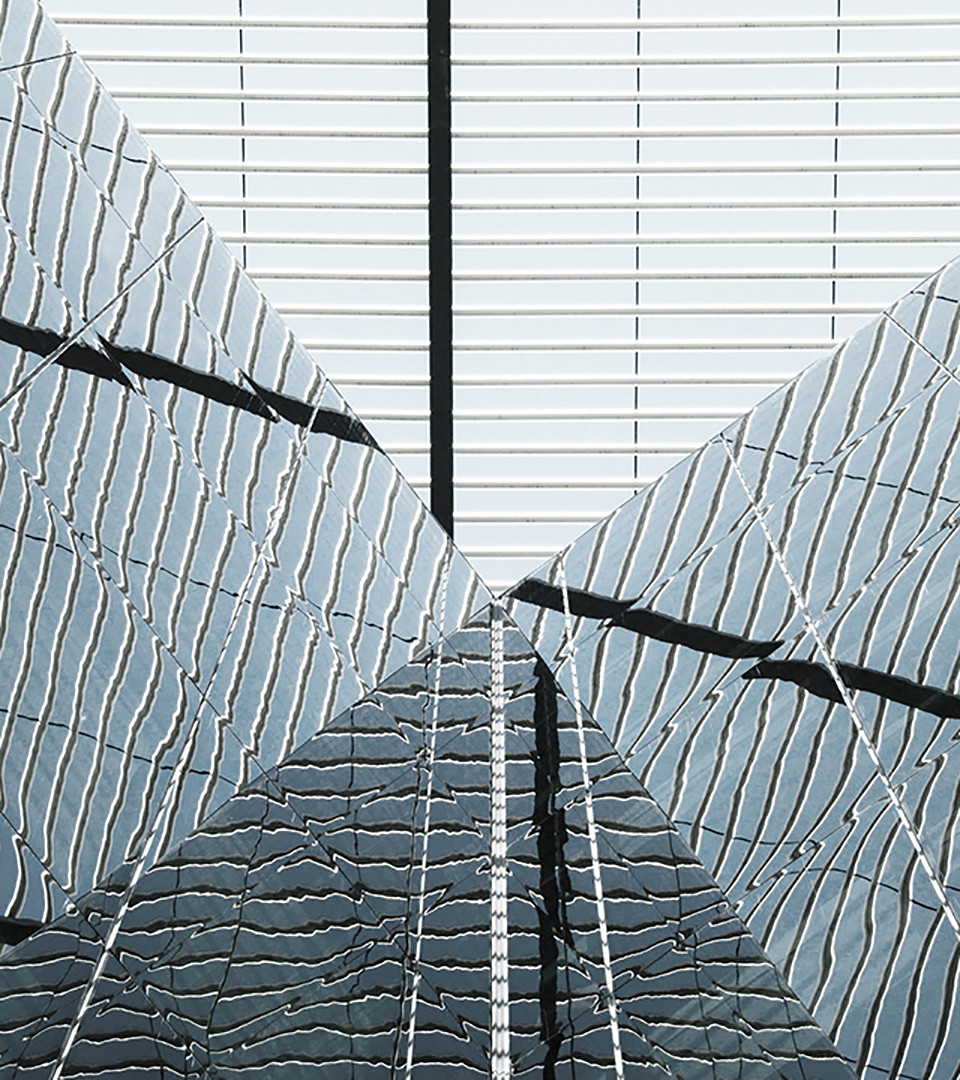

Understanding light
What an extraordinary phenomenon light is. It defines the contours of people and things, and gives us useful information about shapes and colours. It makes objects transcend their own physical reality, and renders them desirable, so we want to look at them. And light doesn’t just let us see things: it also helps us to touch, analyse, and sculpt them by focusing on specific areas. It can be shaped, designed, domesticated, made ever more precise and reliable. Lighting can also be smart.






